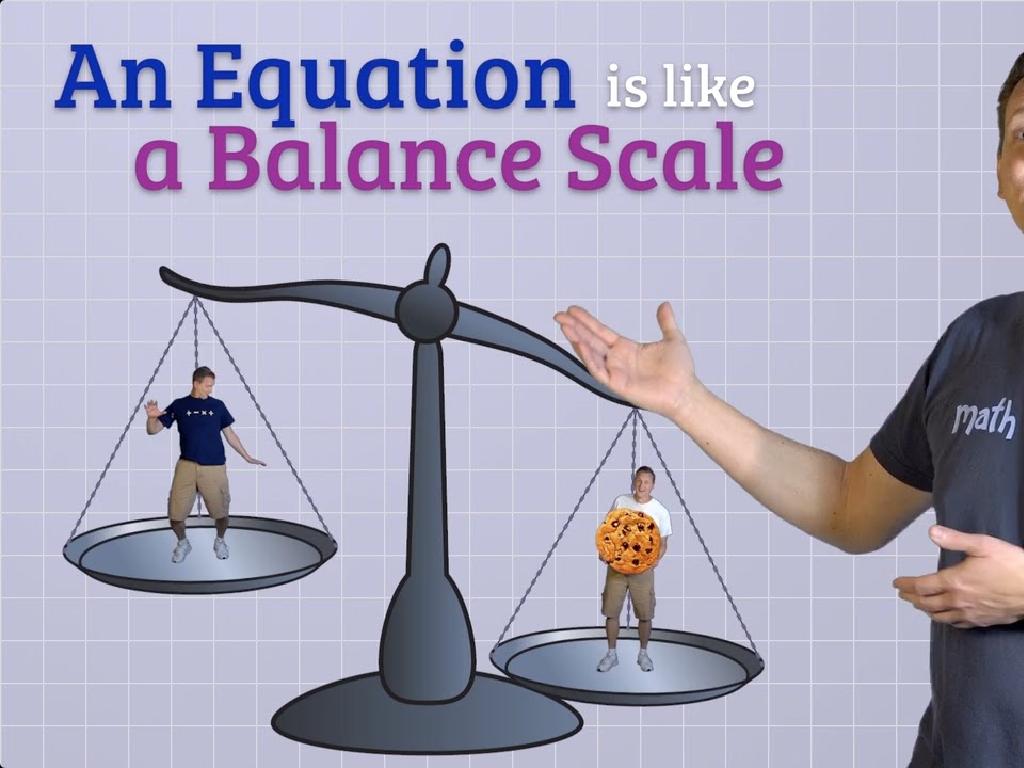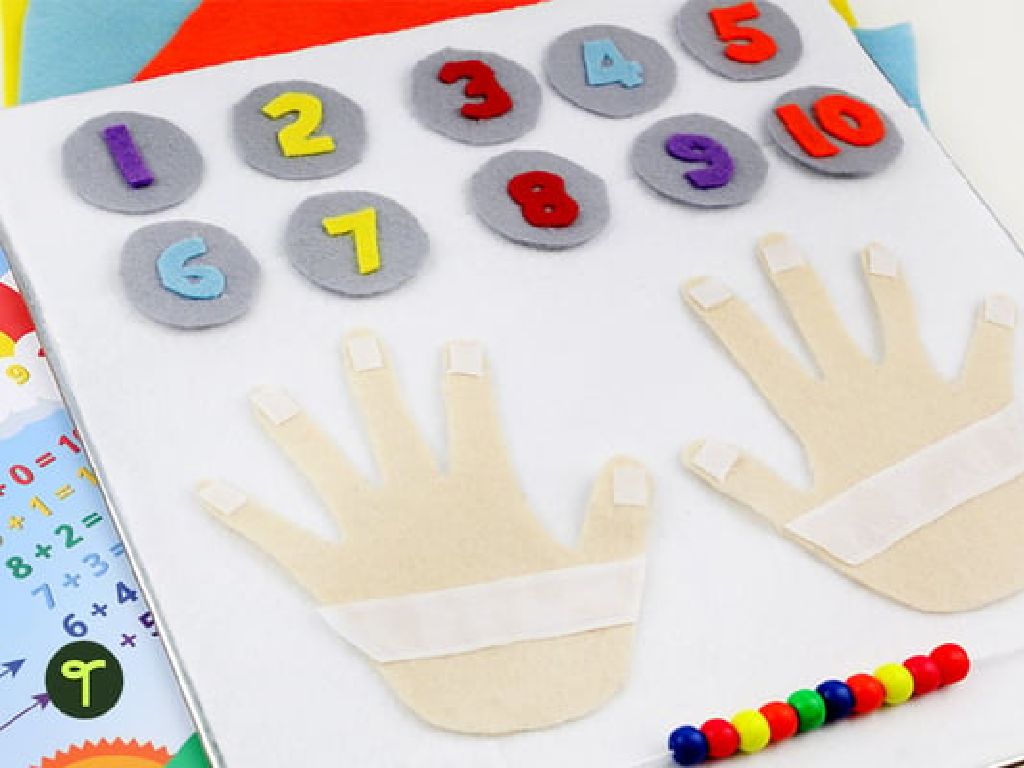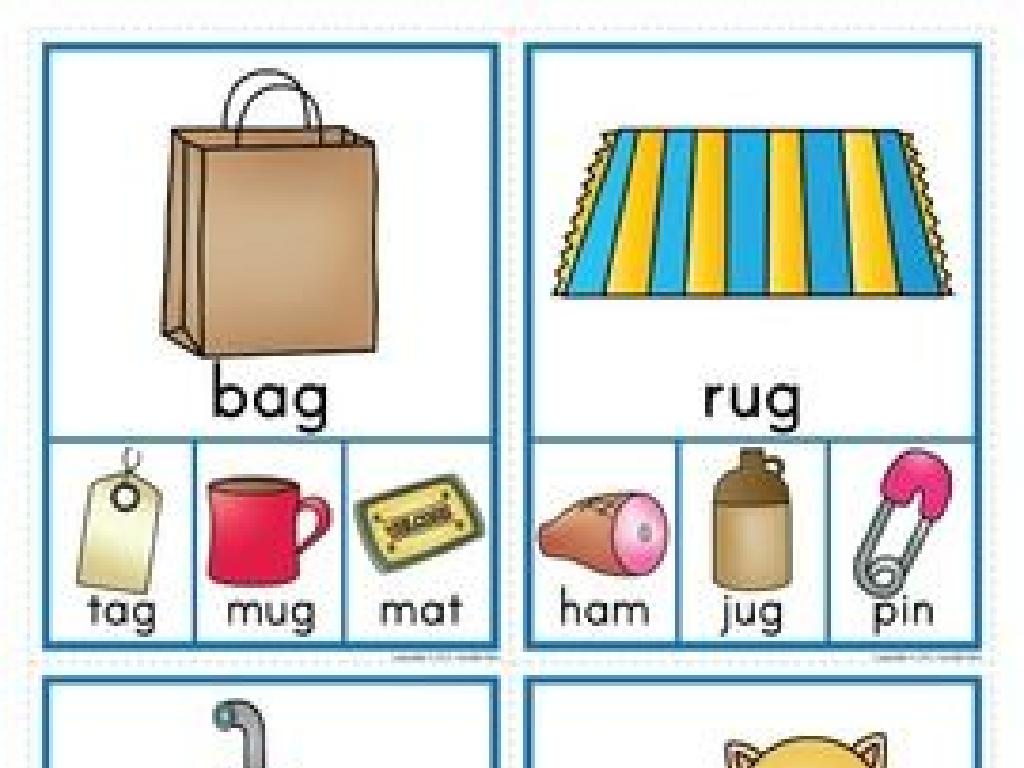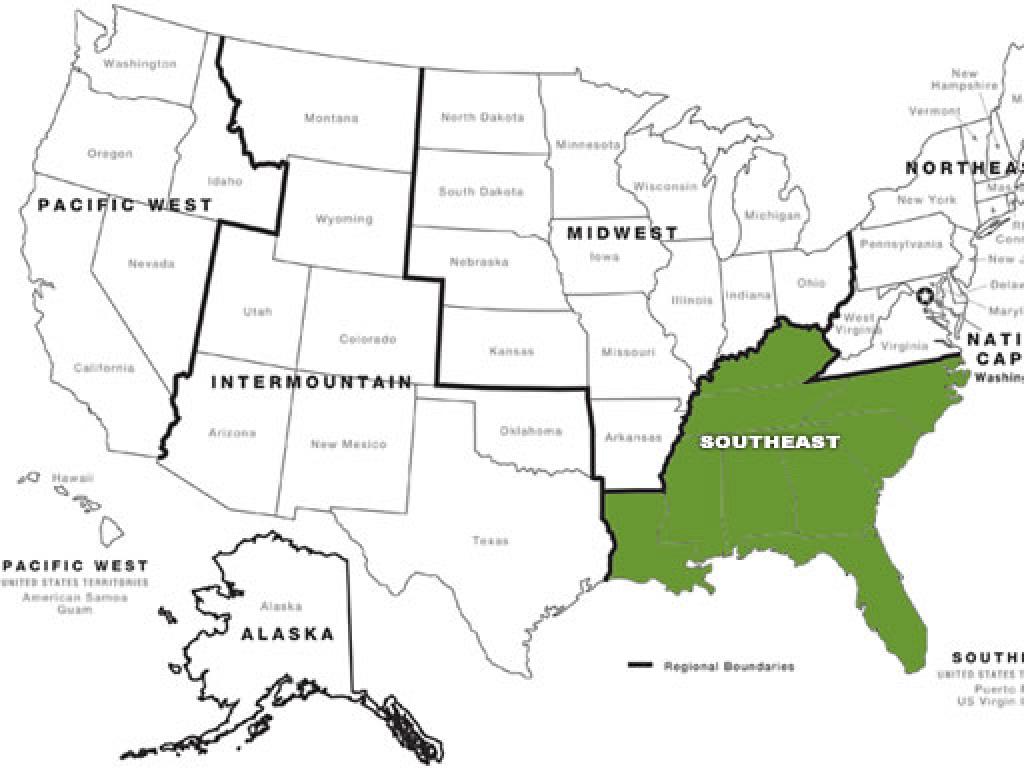Complete The Addition Sentence - Sums Up To 10
Subject: Math
Grade: First grade
Topic: Complete The Equation
Please LOG IN to download the presentation. Access is available to registered users only.
View More Content
Welcome to Addition!
– Learning to add up to 10
– Addition means putting together
– If you have 2 apples and get 3 more, now you have 5 apples!
– Practice with examples
– Example: 4 + __ = 10, what number makes 10?
– Making a total of 10
|
This slide introduces first graders to the concept of addition, focusing on sums up to 10. Start by explaining that addition is a way of combining two or more numbers to make a new total. Use tangible examples like combining groups of apples to illustrate this point. Then, move on to practice problems where the sum equals 10, which is a foundational skill in math. Encourage students to use their fingers or counters to help them find the number that completes the addition sentence. Provide several examples and allow the students to work through them, offering guidance as needed. The goal is to ensure students are comfortable with the concept of addition and can find the missing number in an equation that sums up to 10.
Understanding Addition: Sums Up to 10
– Addition combines numbers
– The result is called the sum
– Use fingers to help add
– Count on fingers: 5 fingers + 5 fingers = 10 fingers
– Practice with sums up to 10
– Examples: 7 + 3, 6 + 4, 8 + 2
|
This slide introduces the basic concept of addition to first graders. Start by explaining that addition is like putting things together to make a bigger group. The sum is the total amount we have after combining the numbers. Using fingers is a practical way for students to visualize and understand addition, as they can physically combine them to count up to 10. Provide simple addition examples that sum up to 10 and encourage students to use their fingers to count. This tactile method helps reinforce the concept of addition and makes learning math fun. After the presentation, engage the students in a hands-on activity where they can practice adding different pairs of numbers to make 10.
Completing Addition Sentences
– Understanding addition sentences
– Example: 3 + __ = 10
– What number plus 3 equals 10?
– Finding the missing number
– We look for a number that adds to 3 to make 10.
– Practice with different numbers
– Try with 4, 5, or 6 and see what you get!
|
This slide introduces first graders to the concept of addition sentences and how to complete them. Start by explaining that an addition sentence includes numbers, a plus sign, and an equals sign. Use the example provided to show how to find the missing number that, when added to the first number, equals 10. Encourage students to use their fingers or counters to add up to 10. Provide several examples with different starting numbers and have the students work through them. For instance, ask what number needs to be added to 4 to make 10, then to 5, and so on. This hands-on activity will help solidify their understanding of addition and the concept of ‘making 10’, which is a foundational math skill.
Let’s Practice Addition: Sums Up to 10
– Starting with 4 apples
– We want to have 10 apples
– How many more apples needed?
– Think: 4 + ? = 10
– Counting up to 10 from 4
– Use fingers to count: 5, 6, 7, 8, 9, 10
|
This slide is an interactive class activity designed to help first graders understand the concept of addition by completing a sentence that sums up to 10. Start with the example of having 4 apples and wanting to reach a total of 10. Ask the students how many more apples are needed to make 10. Write the equation 4 + __ = 10 on the board and have the students count up from 4 to 10 using their fingers or other counting tools. This exercise will help them visually and physically understand the addition process. Encourage the students to participate and to explain their thought process. This activity can be followed by similar examples with different starting numbers to reinforce the concept.
Using Objects to Learn Addition
– Use objects to help us add
– Example with blocks
– Blocks make adding visual and fun
– Start with 5 blocks
– Counting our 5 blocks together
– How many more to make 10?
– We need 5 more blocks to reach 10
|
This slide introduces the concept of using tangible objects, like blocks, to visually demonstrate addition for first graders. Start by explaining that objects can represent numbers and can be used to add up to a sum. Show the students 5 blocks and ask them to visualize how many more blocks are needed to make 10. Guide them to understand that 5 plus another 5 equals 10. Encourage the students to physically count out the blocks, reinforcing the concept of addition and making the learning experience interactive. This hands-on activity will help solidify their understanding of completing an addition sentence to sum up to 10.
Completing Addition Sentences: Sums to 10
– Use a number line to find missing numbers
– A number line helps us see the numbers in order
– Start at the first number on the line
– If we have 4, we start from 4 on the number line
– Jump forward to reach 10
– Each jump on the line represents adding one more
– Count the jumps to find the missing number
– The total jumps needed to get to 10 is the answer
|
This slide introduces the concept of using a number line to complete addition sentences with sums up to 10. It’s a visual and interactive way for first graders to understand addition. Start by explaining what a number line is and how it can be used as a tool for counting. Demonstrate with an example, such as if we have the equation 4 + __ = 10, we start at 4 on the number line and make jumps until we reach 10. The number of jumps made gives us the missing number, which is 6 in this case. Encourage students to practice with different starting numbers and to use their fingers or counters to make ‘jumps’ on their own number lines. This activity will help solidify their understanding of addition and the concept of ‘sums up to 10’.
Class Activity: Addition Bingo
– Play Bingo with addition sentences
– Shout ‘Bingo!’ when you complete a line
– Each spot equals a sum of 10
– For example, if the card shows 7, the number to complete it is 3
– Have fun and practice addition!
|
This interactive class activity is designed to help first graders practice their addition skills in a fun and engaging way. Each student will receive a Bingo card with different numbers on it. The goal is to find the number that, when added to the number on the card, equals 10. Teachers should prepare Bingo cards in advance, ensuring that each spot on the card can be completed to make 10 with another number. As students find the correct numbers to complete the addition sentences, they will mark the spots on their cards. When a student has a complete row, column, or diagonal, they will shout ‘Bingo!’ This activity not only reinforces the concept of making sums up to 10 but also encourages quick mental math and attentiveness. Teachers should circulate the room to assist and verify the students’ findings. Possible variations of the activity could include using different sums or having students create their own Bingo cards with sums up to 10.
Great Job on Addition!
– Mastered addition sentences to 10
– Addition means putting together
– Combining two numbers makes a bigger number
– The sum is the total amount
– When we add 2 numbers, the answer is the sum
– Keep practicing with Bingo cards
– Use your Bingo cards to make learning fun
|
This slide is a conclusion to reinforce the concepts learned about completing addition sentences with sums up to 10. It’s important to praise the students for their hard work and remind them of the key concepts. Addition is the process of combining two or more numbers to find the total, and the result is called the sum. Encourage the students to continue practicing with their Bingo cards, which is a fun way to reinforce their addition skills. The Bingo game can be played by calling out addition problems, and students can cover the sum if it’s on their card. This interactive activity helps solidify their understanding and makes learning math enjoyable.






